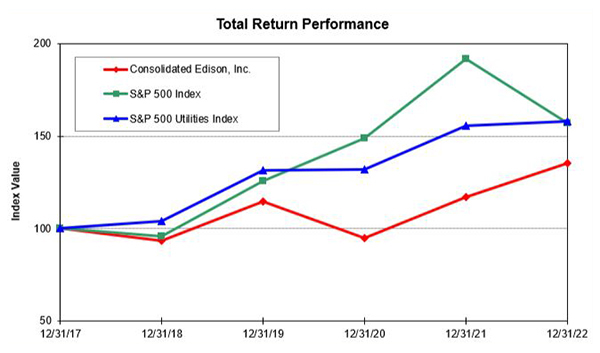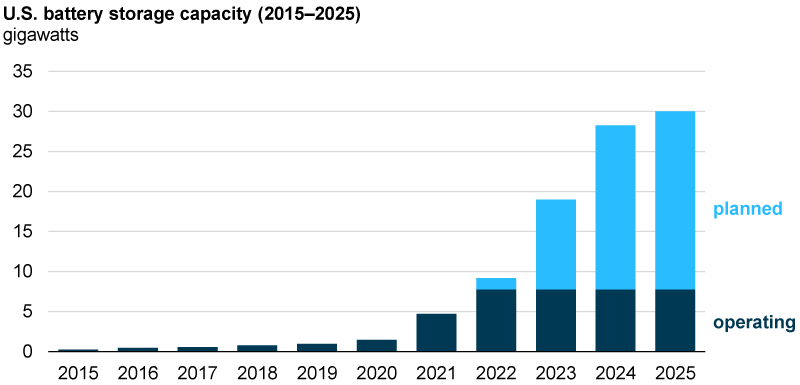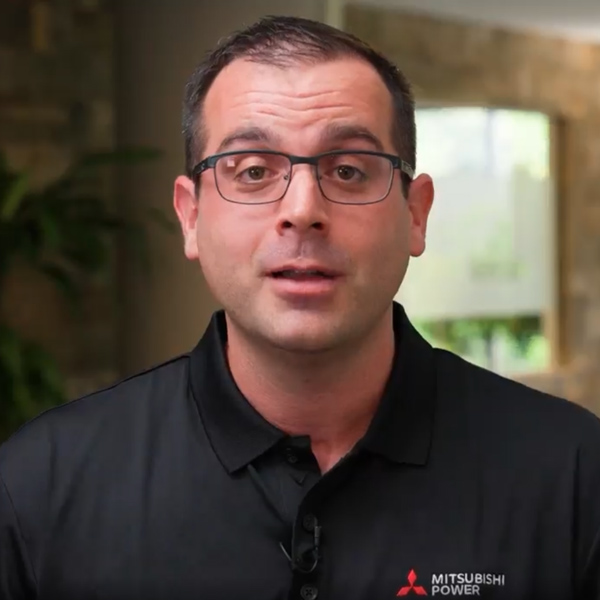FERC on Thursday dismissed a complaint from RENEW Northeast that had alleged that ISO-NE has “undue preference” for gas generators in its capacity accreditation and operating reserve rules (EL22-42).
The complaint from March of last year argued that ISO-NE doesn’t adequately take into account the uncertainty of natural gas supply in the region, particularly in winter, and that it therefore harms almost every other type of generation. (See Renewable Groups Challenge Gas ‘Preference’ in ISO-NE Rules.)
The complaint has been closely watched in New England, and FERC received many comments on both sides of the argument.
Ultimately, the commission found that RENEW failed to meet its burden under Section 206 of the Federal Power Act to show that the existing tariff is unjust and unreasonable.
Specifically, FERC wrote in its dismissal order that RENEW “failed to establish that gas-only resources are not similarly situated to generators with fuel on site.”
As for the complaint’s points on operating reserves, FERC noted that, contrary to what RENEW claimed, the ISO-NE tariff doesn’t require any resource to “have a known and measurable fuel supply and verifiable means of delivering upon real time dispatch.”
But in dismissing the complaint, FERC also called on ISO-NE to step up.
“We urge prompt action by ISO-NE on reforms, including capacity accreditation if deemed appropriate, to address these reliability concerns,” the commission wrote, adding that it is planning another forum on winter reliability issues in New England for June.
ISO-NE spokesperson Matt Kakley emphasized that the grid operator is continuing to work on updating its capacity accreditation rules through the stakeholder process.
“We’re pleased that FERC dismissed this complaint. To date, the region’s markets, including the capacity market, have achieved their primary reliability objective, but an overhaul of the capacity accreditation process is critically important as the region transitions to the future grid,” he said in a statement.
“To that end, ISO New England and stakeholders have been working on this issue for more than a year, with plans to file a proposal with FERC later this year. With this complaint formally dismissed, ISO New England and others can now engage with FERC commissioners and staff, benefiting from their views and expertise as the region navigates this important process.”
Clements’ Concurrence
Commissioner Allison Clements went a step further than the rest of the commission. In a forceful concurrence, she wrote that she believes the ISO-NE tariff is in fact unjust and unreasonable, even though the commission had to dismiss RENEW’s complaint because of what she called a “pleading error.” And she called on FERC to take action itself.
“In the face of clear evidence that ISO-NE’s rules fail to ensure the supply of resources when they are most needed, in my view the commission has a duty to take action to ensure grid reliability,” Clements wrote.
Clements noted that everyone, including ISO-NE, agrees that the region faces gas delivery constraints that can threaten energy security, especially during extended extreme winter weather.
“Given this apparent agreement that ISO-NE’s rules are failing to assess the reliability of resources when they are most likely to be needed, in my view the Commission has a duty to fix the problem via action pursuant to section 206 of the Federal Power Act,” Clements wrote. “We cannot stand idly by as the region heads toward yet more winters for which it is not adequately prepared.”
And she also suggested that she is wary of what ISO-NE might put forward in its formal capacity accreditation process.
“In my time at the commission, thus far it has accepted almost every significant capacity accreditation proposal put forward by an RTO or regional framework,” she wrote. “My view has been that some of these proposals met the requirements of the Federal Power Act, while others did not.
“As these decisions mount … they contribute to a slow but steady erosion of the commission’s bedrock legal standard that rate proposals must be just and reasonable and not unduly discriminatory,” Clements wrote.



